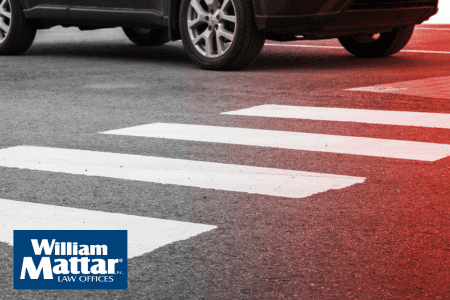

(844) - 444-4444

 If you were seriously injured in a New York motor vehicle accident, you may be able to file a claim against the other driver to recover for pain and suffering.
If you were seriously injured in a New York motor vehicle accident, you may be able to file a claim against the other driver to recover for pain and suffering.
However, what happens if the other driver claims that your own conduct contributed to the accident?
New York follows a “comparative fault” rule when it comes to determining liability after a car accident. Generally speaking, this means that if the injured person did something to contribute to the accident, damages will be reduced in proportion with their degree of fault.
“Contributory negligence” is a rule which holds that an injured motorist may be prevented from receiving compensation for pain and suffering if their conduct in any way caused or contributed to their own injury. This is a harsh rule that could in theory prevent someone from being made whole after personal injuries if they were just one-percent at fault. New York is no longer a contributory negligence jurisdiction, having abandoned the rule in the mid-1970s.
New York follows a “comparative fault” rule. This means that an injured motorist’s own negligent behavior will not necessarily prevent them from receiving compensation for pain and suffering. New York’s comparative negligence law states that:
“In any action to recover damages for personal injury, injury to property, or wrongful death, the culpable conduct attributable to the [plaintiff] … shall not bar recovery, but the amount of damages otherwise recoverable shall be diminished in the proportion which the culpable conduct attributable to the [plaintiff] bears to the culpable conduct which caused the damages.”
That is, rather than being barred from recovery, a partially negligent plaintiff can still receive some compensation for their injury. However, the recovery will be reduced to reflect the proportion of the plaintiff’s own negligent conduct that contributed to the accident. For instance, if a judge or jury assigns 80-percent fault to the defendant and 20-percent fault to the plaintiff, the defendant can still be liable and the plaintiff can still recover 80-percent of their damages for pain and suffering.
Comparative fault is important: it means that an injured driver can be compensated for the negligent conduct of another driver, even where the injured driver contributed somewhat to the accident and injuries.
Some car accident victims may be skeptical, or even doubtful, of their chances of receiving compensation for their injuries. If you have questions and are looking for an attorney contact William Mattar, P.C. today to schedule a consultation with one of our experienced car accident attorneys. Call (844) 444-4444 for 24/7 help.





